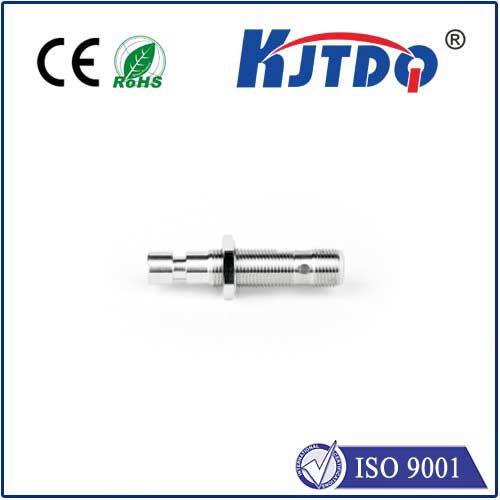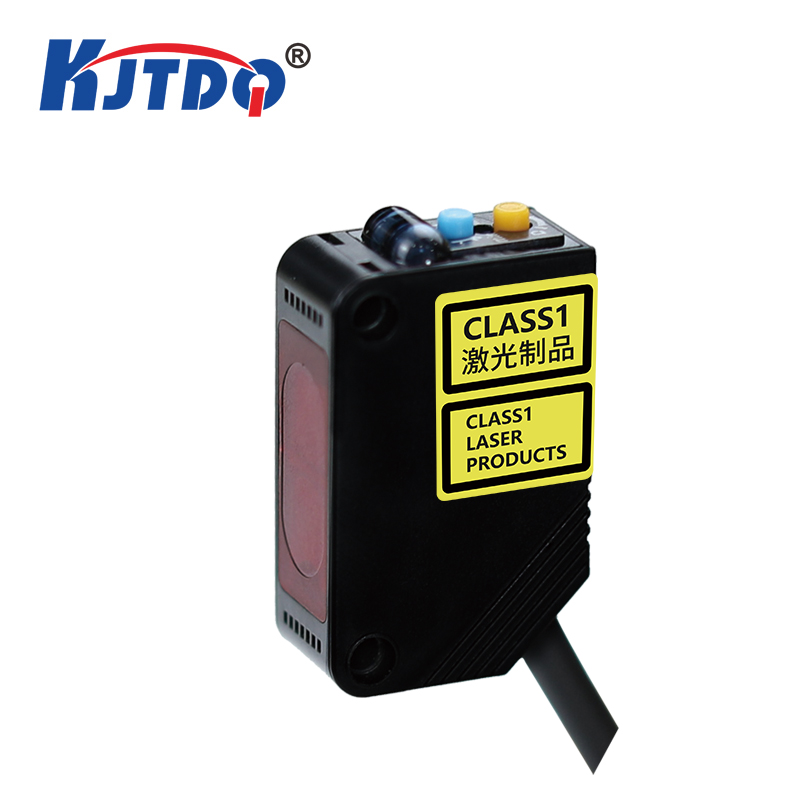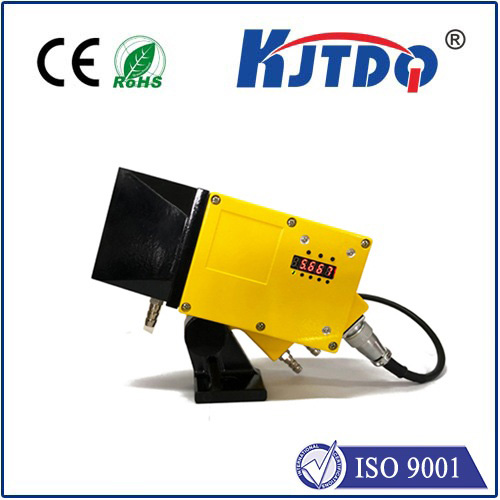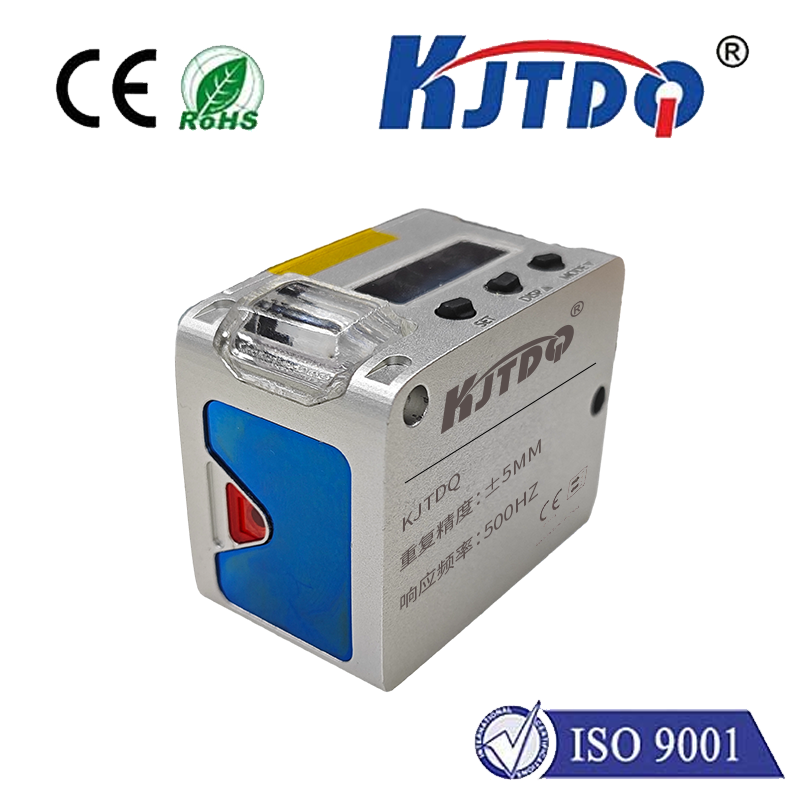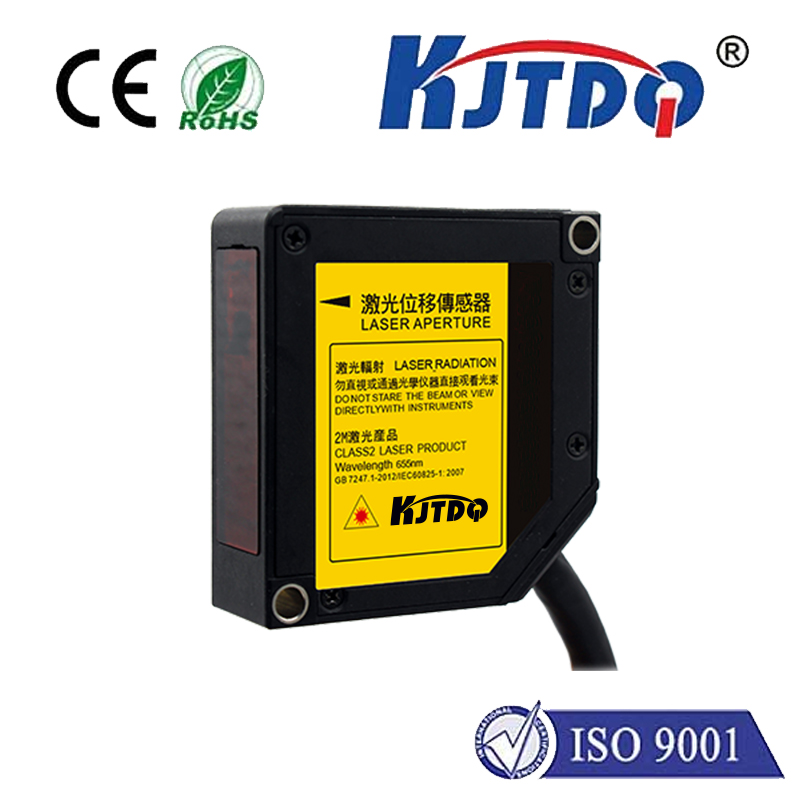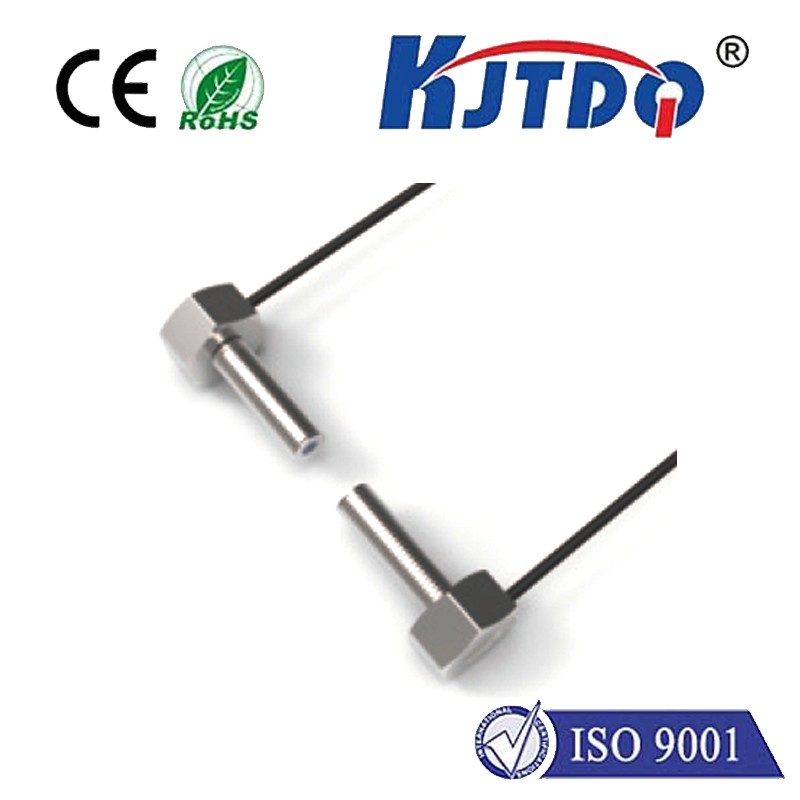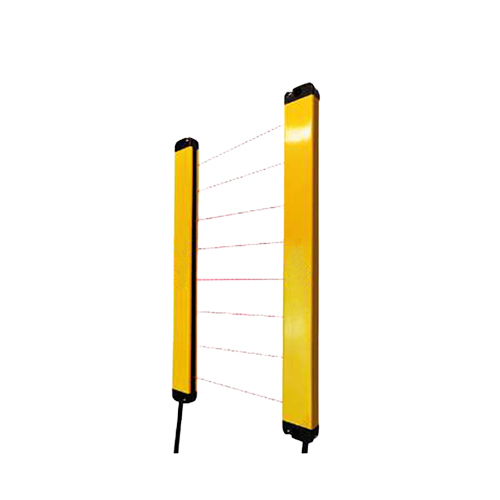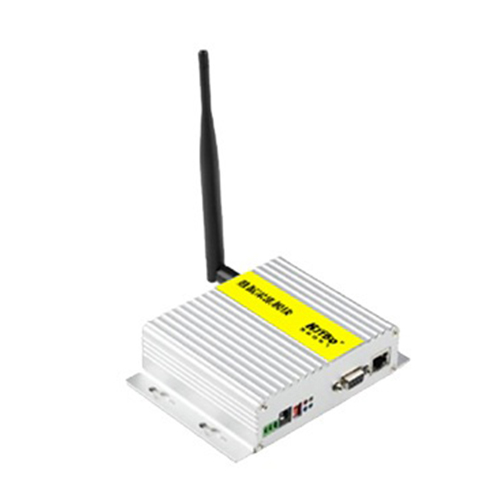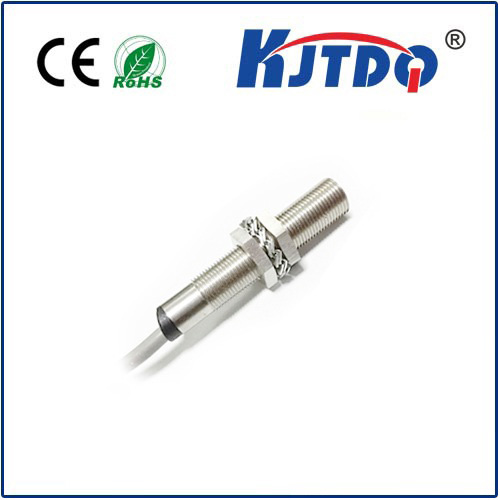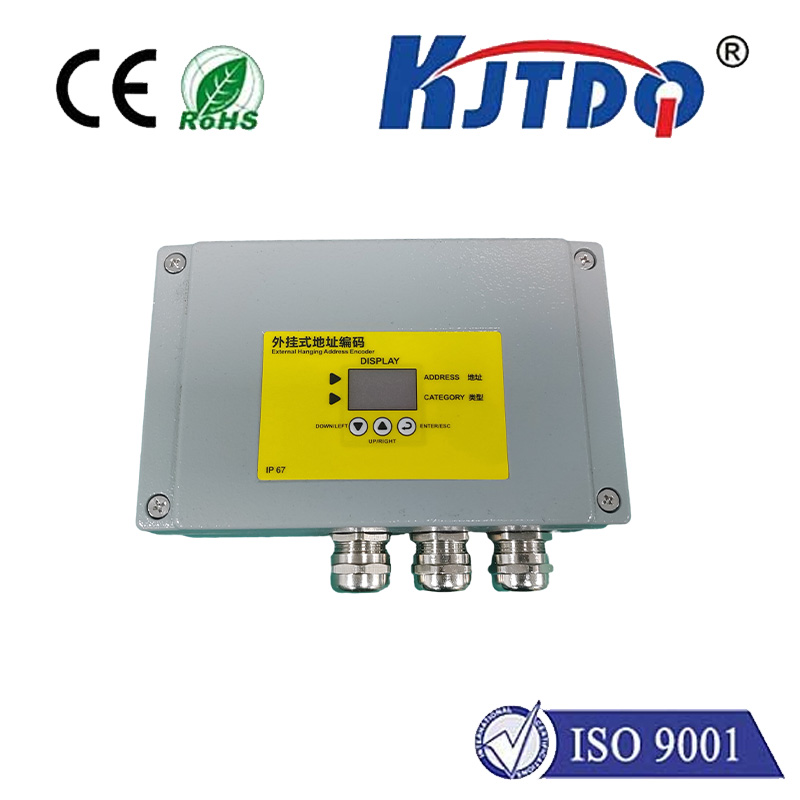BES018L proximity sensor
- time:2025-10-15 02:26:13
- Click:0
BES018L Proximity Sensor: Precision Detection for Demanding Industrial Automation
The relentless drive towards smarter, faster, and more efficient manufacturing hinges on reliable sensing. At the heart of countless automated processes lies a critical component: the proximity sensor. Specifically, models like the BES018L proximity sensor have become ubiquitous workhorses, enabling precise, non-contact detection essential for smooth operation. Whether it’s counting objects on a high-speed conveyor, verifying part presence in an assembly jig, or safeguarding machinery, the performance of sensors like the BES018L directly impacts productivity and safety. Understanding its capabilities is key to optimizing automated systems.
What Makes the BES018L Stand Out?
The designation “BES018L” typically points towards an inductive proximity sensor featuring an M18 threaded cylindrical housing. Inductive sensors are designed to detect metallic objects – primarily ferrous metals like steel – without physical contact. They achieve this by generating an electromagnetic field from their sensing face. When a metallic target enters this field, it induces eddy currents within the target. This interaction causes a measurable change within the sensor’s internal oscillator circuit, triggering its output signal. This non-contact principle ensures exceptional reliability, long operational life (due to no moving parts), and resistance to contamination from dust, oil, and coolants commonly found in industrial settings – a core advantage over mechanical switches.
Dissecting Key Features & Advantages

While specifications can vary slightly between manufacturers, the BES018L designation usually implies a robust and versatile sensor profile:
- M18 Form Factor: The 18mm diameter threaded barrel is arguably the most common size for industrial inductive sensors. This standardized format ensures easy integration into existing machinery, tooling, and mounting brackets designed for this size, simplifying installation and replacement.
- Threaded Housing: The robust metal casing, often made of stainless steel or nickel-plated brass, provides excellent mechanical strength and resilience in harsh environments. The threading allows for secure mounting using nuts, enabling precise adjustment of the sensing distance relative to the target.
- Inductive Sensing: As described, this technology is uniquely suited for detecting ferrous and non-ferrous metals reliably, immune to non-metallic materials like plastic, wood, or liquids. This specificity is crucial in applications where false triggers must be avoided.
- Operating Principle: Employing the oscillator/demodulator method, these sensors deliver stable and repeatable switching. The typical sensing range for an M18 inductive sensor like the BES018L is around 2-8 mm for steel targets (dependent on the specific variant – e.g., standard, flush-mountable, or extended range). Sensitivity often decreases slightly for non-ferrous metals like aluminum or brass.
- Output Configuration: The “L” suffix often denotes a specific output type. Commonly, it signifies a 3-wire DC configuration, frequently available with either a PNP (sourcing) or NPN (sinking) transistor output. The specific output (NO/NC – Normally Open/Normally Closed) depends on the exact model ordered. This versatility allows integration with most modern Programmable Logic Controllers (PLCs) and control systems. Some variants may offer analog outputs or IO-Link connectivity for advanced diagnostics and parameterization.
- Environmental Robustness: Expect high standards of protection. A rating of IP67 (Ingress Protection) is typical, meaning it is dust-tight and protected against temporary immersion in water (up to 1 meter for 30 minutes). Some variants may achieve IP68 or IP69K for even more demanding washdown or submersion scenarios. High resistance to vibration and shock is also standard.
- Performance Specifications: Look for features like short-circuit protection, reverse polarity protection, and high switching frequencies (often hundreds of Hz), enabling reliable detection even at high production speeds. Low hysteresis ensures consistent switching points for precise positioning. LED status indicators provide visual confirmation of sensor operation and output state, aiding in commissioning and troubleshooting.
Where Does the BES018L Proximity Sensor Excel? Applications Galore
The reliability, robustness, and standardized nature of the BES018L make it a go-to choice across a vast spectrum of industrial automation:
- Machine Tooling & CNC: Verifying tool presence/changes, detecting workpiece clamping, monitoring turret positions, confirming part loading/unloading. Precision is paramount here.
- Material Handling & Packaging: Detecting boxes, cans, or bottles on conveyors, confirming pallet presence, counting products, controlling diverters, monitoring filling levels (metal containers). The high switching speed handles rapid line movements.
- Automotive Manufacturing: Endless applications: confirming robot gripper actuation, detecting piston position, verifying weld nut insertion, checking door/fender alignment in assembly, monitoring press operations. The IP67 robustness withstands oils and coolants.
- Robotics: Providing critical position feedback for robotic arms, end-effectors, and automated guided vehicles (AGVs), ensuring safe and accurate movements. Non-contact sensing avoids wear.
- Food & Beverage (Where Applicable): Monitoring metal components within machinery (e.g., detecting metal lids, cans, or position of stainless-steel actuators), provided suitable food-grade variants or hygienic design enclosures are used. Reliable detection is needed despite washdown conditions.
- General Assembly & Testing: Ensuring components are present and correctly positioned before assembly steps commence, confirming actuator end positions, providing safety interlocks (e.g., guarding detection).
Selecting and Implementing Effectively
Choosing the right BES018L proximity sensor variant requires careful consideration:
- Target Material: Primarily steel? Aluminum? Brass? Confirm the sensor’s specified sensing range for your target material. Aluminum typically requires a sensor with a longer nominal range.
- Required Sensing Distance: How far away does the target need to be detected? Choose a model with an adequate nominal sensing range, keeping in mind the practical reduction factor for non-ferrous metals. Ensure installation allows the target to enter this range reliably.
- Output Type & Wiring: PNP or NPN? NO or NC? Ensure compatibility with your PLC input module. Follow the manufacturer’s wiring diagram meticulously for the 3-wire DC connection (Brown/V+ to positive supply, Blue to negative/ground, Black to load/PLC input).
- Mounting: Consider space constraints. Standard sensors require a clearance zone around them. If mounting flush into metal is necessary, a flush-mountable variant is essential to avoid detecting the surrounding metal itself.
- Environmental Factors: Temperature extremes? High-pressure washdown? Chemicals? Verify IP rating, temperature range, and housing material suitability. Never underestimate the importance of the correct IP rating for your environment.
- Special Features: Need analog output for distance measurement? IO-Link for diagnostics and configuration?
The Indispensable Sensor in a Connected World
The BES018L proximity sensor embodies the critical role simple yet sophisticated components play in the complex landscape of industrial automation. Its standardized form factor, inherent robustness, reliable inductive sensing technology, and versatile output options have cemented its position as a fundamental building block on factory floors worldwide. From ensuring precision in high-speed packaging lines to safeguarding heavy machinery, this sensor delivers the dependable detection needed to keep modern manufacturing running smoothly and efficiently. Selecting the appropriate variant and installing it correctly unlocks its full potential, contributing directly to increased uptime, improved quality control, and reduced operational costs. In the ever-evolving world of automation, the humble proximity sensor remains an indispensable tool, and models like the BES018L continue to set a benchmark for performance and durability.






